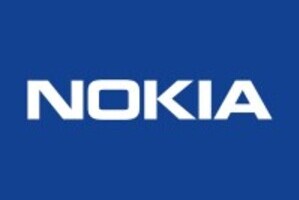Espoo, Finland. 7 July 2022 – Nokia has announced it is deploying a passive optical LAN (POL) solution for Orange over 20 sites in France including the new Orange Headquarters, Bridge, in Issy-les-Moulineaux near Paris. The POL solution replaces the existing copper-based LAN, connecting more than 5,000 end points including Wi-Fi and hard-wired terminals.
The Nokia Optical LAN enables Orange to deliver superior user experiences and offers a low energy solution for in-building and campus connectivity. The fiber-based networking solution delivers long-term value and can be easily and cost-efficiently upgraded to increase speed and capacity.
Security is baked into Optical LAN with built-in encryption and central control as all intelligence of the network resides in the optical line terminal and none at the user end-points.

Philippe Gacougnolle, Orange France director of the internal network domain says, “Moving to POL for our intra office connectivity can save significant energy costs and reduce emissions which is essential to help Orange meet its ambitious environmental goals”
Stephane Azoulay, Nokia head of Orange France Account says, “Switching from traditional LAN to POL technology means a more compact solution, with less energy consumption and much better performance proving the best possible user experience. We’re proud to have been selected by Orange for this important project.”
Comment on this article below or via Twitter: @VanillaPlus OR @jcvplus






